Small Apartment, Big Greenery: A Guide to Not Killing Your Houseplants
I’ve spent a lot of time with plants. We’re talking decades, from sprawling commercial greenhouses to the tiny corners of city apartments where I help people finally get some green in their lives. And over the years, I’ve noticed something. Most people who struggle with plants aren’t bad at it; they’re just starting with the wrong information. It’s almost never a lack of love. It’s a mismatch between the plant, the light, and what the owner actually has time for.
In this article
Living in a small apartment or a tiny home comes with its own rulebook. Light can be a luxury, and air circulation might be… well, cozy. But trust me, these aren’t dealbreakers. You just have to be a little smarter about it. This isn’t about finding the world’s tiniest succulent and calling it a day. It’s about knowing your space first, then picking a plant that will actually be happy there. Forget the whole “green thumb” myth. Success is just knowledge and paying attention. So, let’s walk through how to actually make this work.
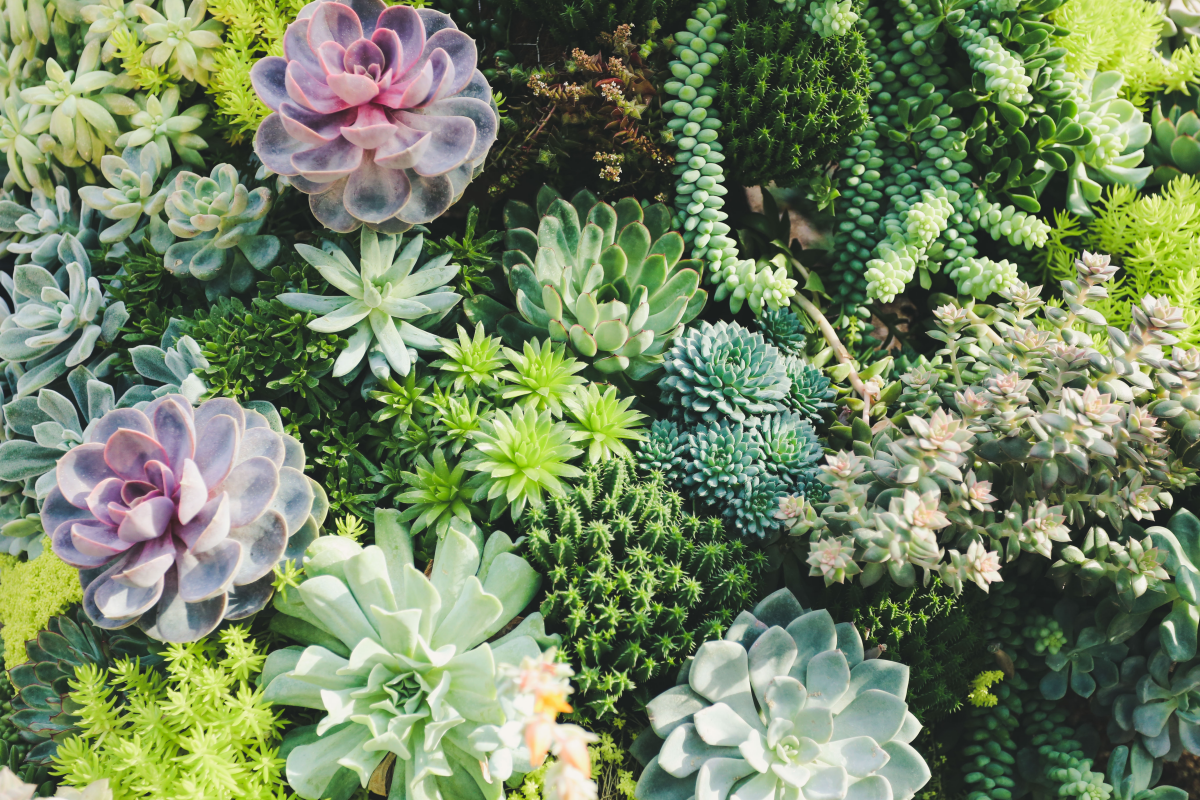
First, Become an Expert on Your Own Home
Before you even dream of heading to the garden center, you need to do a little detective work. I’ve seen way too many gorgeous (and expensive) plants wither away because they were simply in the wrong spot. A sun-worshipping cactus will slowly starve in a dark hallway, no matter how perfectly you water it. It all boils down to three things: light, humidity, and airflow.
Let’s Talk About Light
Light is literally a plant’s food. Getting this right is 90% of the battle. You don’t need fancy gear, just your eyes. Which way do your windows face?
A south-facing window is prime real estate, getting bright, direct sun for most of the day. It’s the perfect spot for things like succulents and cacti. An east-facing window offers gentler morning sun, which is amazing for many tropicals that can’t handle the harsh afternoon heat. West-facing windows get that hot afternoon sun, so they’re also good for sun-lovers. And a north-facing window? That’s your low-light zone, offering soft, indirect light that’s ideal for plants adapted to shady forest floors.
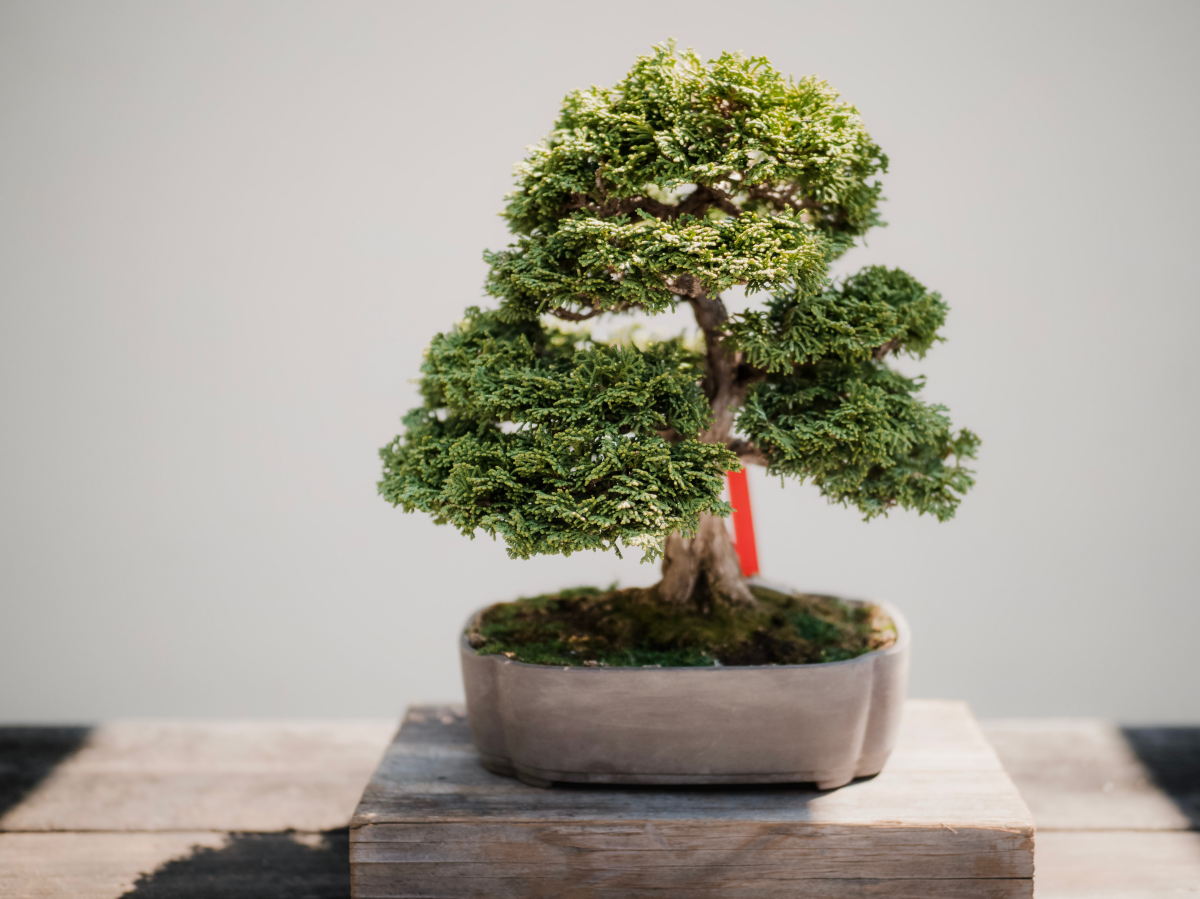
A little pro tip: “Bright, indirect light” is the most common instruction, but what does it actually mean? Think of it this way: it’s a spot where you could comfortably read a book for most of the afternoon without needing a lamp. It’s usually a few feet back from a sunny window, or right next to a window that doesn’t get direct sunbeams.
Oh, and don’t forget to look out the window. Is there a giant building or a leafy tree blocking your light? That can easily turn a “south-facing” window into a low-light situation. Just watch how the light moves across your rooms for a day. It’ll tell you everything you need to know.
Humidity and Airflow (The Unsung Heroes)
Most of the houseplants we love are from the tropics. They evolved in warm, moist air. Our homes, thanks to heating and AC, are often desert-dry. This can lead to those sad, crispy brown leaf tips, especially on ferns and Calatheas.

Good news: this is an easy fix. Grouping your plants together creates a little humid microclimate as they all release moisture. Another great trick is a pebble tray. Just fill a shallow dish with pebbles, add water until it’s just below the top of the rocks, and set your plant on top. The evaporating water provides a little humidity spa for your plant. Heads up! Make sure the pot itself isn’t sitting in the water, as that’s a one-way ticket to root rot.
Airflow is also a big deal in smaller spaces. Stale air is an open invitation for pests and gross fungal stuff like powdery mildew. A small, oscillating fan on low can be a game-changer. It strengthens stems and keeps things fresh, preventing problems before they even start.
The Right Plants for the Right Place (and Your Budget)
Okay, now for the fun part. You know your space, so let’s pick some winners. I’ll give you the real-world rundown, including what these things actually cost and how to care for them without a PhD in botany.
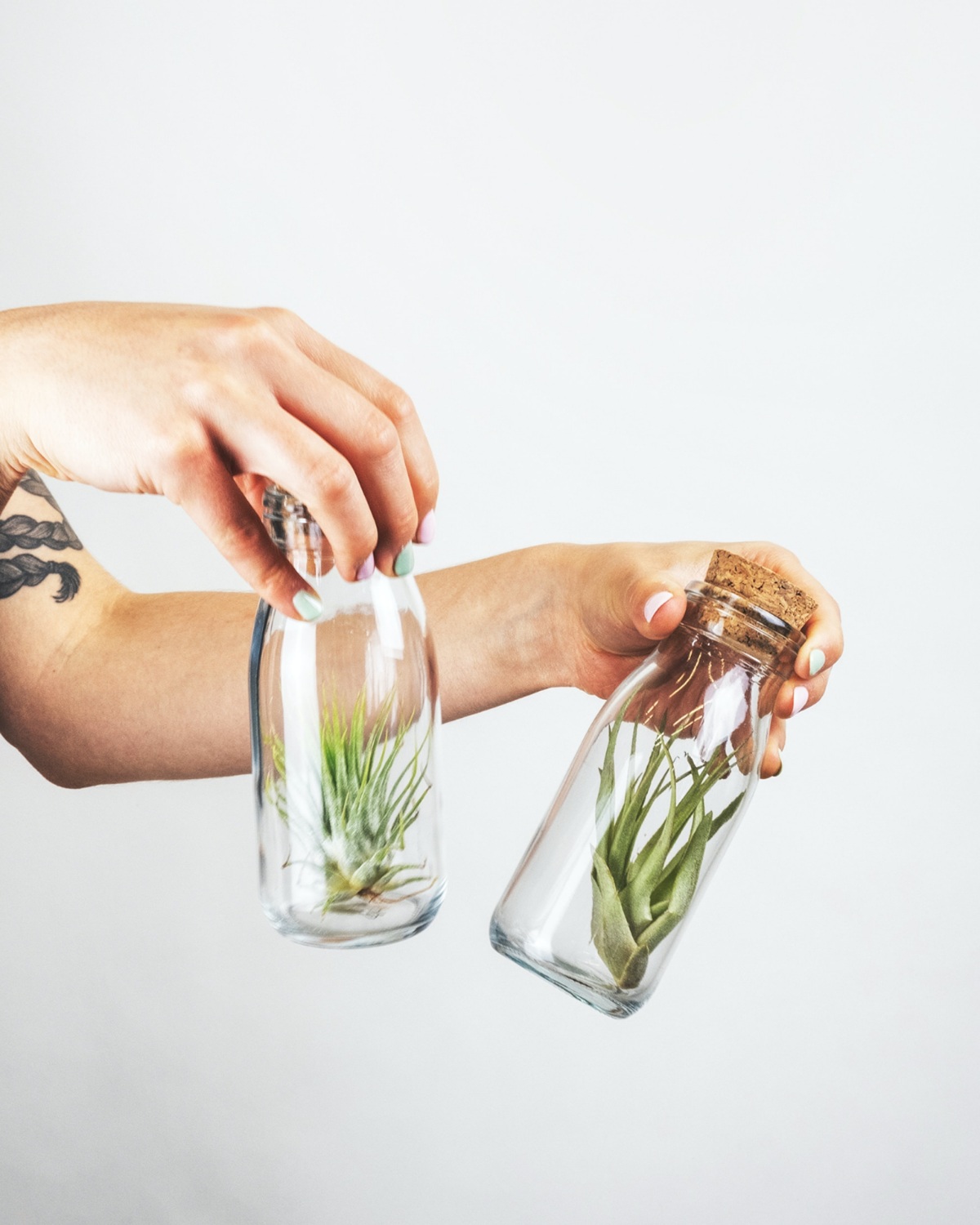
1. The Forgiving Starters: For the Self-Proclaimed “Plant Killer”
If you think you kill everything, start here. These guys are tough as nails and will teach you the basics.
Pothos (Devil’s Ivy)
This plant is basically indestructible. Its trailing vines look amazing on a high shelf or in a hanging basket, which is a perfect way to use vertical space. I once found a Pothos in an office storage closet that hadn’t seen light or water in weeks. It was pale, but it was alive. That’s how tough we’re talking. Expect to pay between $15 and $30 for a decent-sized one.
The Real Deal on Care: It can handle low light, but the leaves look best in medium to bright indirect light. The number one mistake is overwatering. Wait until the top two inches of soil feel dry. Or, just lift the pot—a dry pot is surprisingly light. When you do water, soak it completely until water runs out the bottom, then leave it alone until it’s dry again.
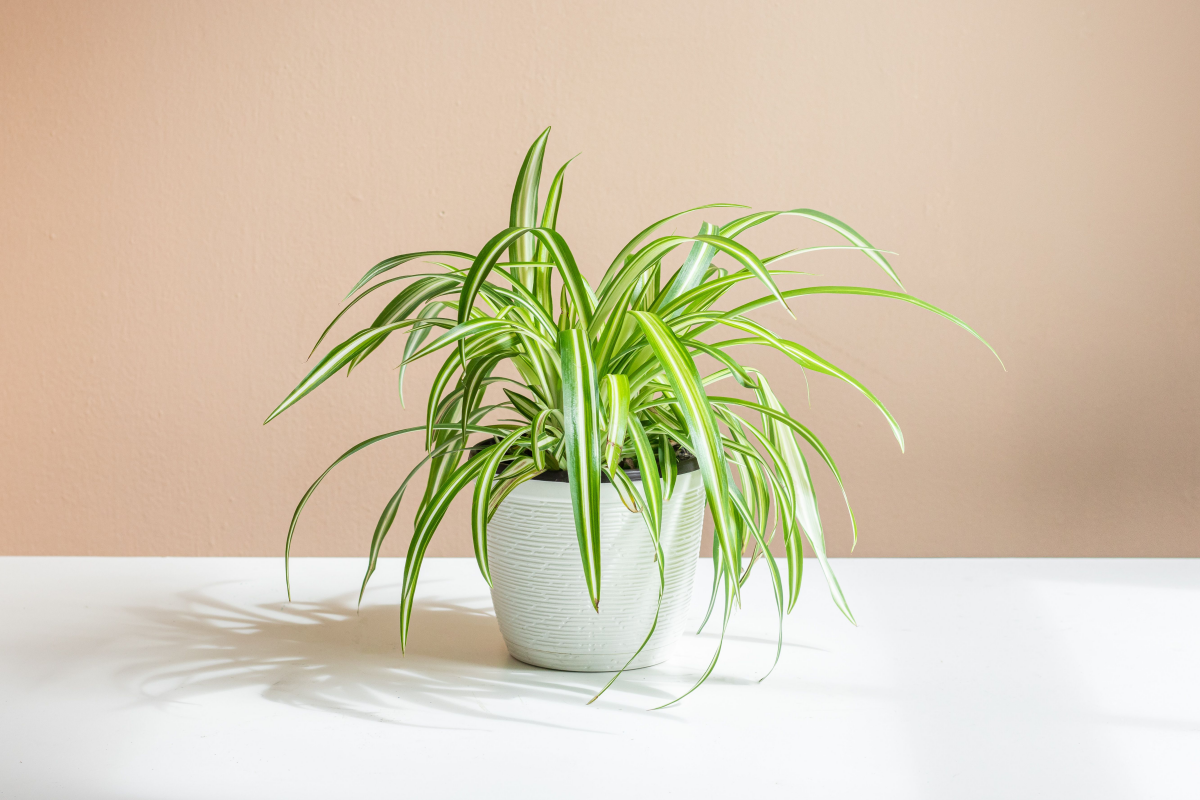
A Quick Warning: Pothos is toxic to cats and dogs if they chew on it. If you have furry friends, this one needs to hang high and out of reach. Which brings us to…
2. The Pet-Safe All-Stars
Worried about your pets? Don’t be. There are tons of beautiful, non-toxic plants to choose from.
- Spider Plant: This one’s a classic for a reason. It’s super adaptable and produces its own little “spiderette” babies that you can pot up for free new plants! A common issue is brown tips, often from fluoride in tap water. Let your water sit out overnight before using it, or use distilled water if you’re feeling fancy. They’re very safe for pets. (Cost: $15 – $30)
- Calathea (Prayer Plant): These have stunning, patterned leaves that fold up at night. They like higher humidity and consistently moist soil, making them a great choice for a bathroom with a window. (Cost: $20 – $50)
- Peperomia: This is a huge family of plants with tons of variety in leaf shape and color. They’re compact and generally have succulent-like leaves, meaning they don’t need constant watering. (Cost: $10 – $25)
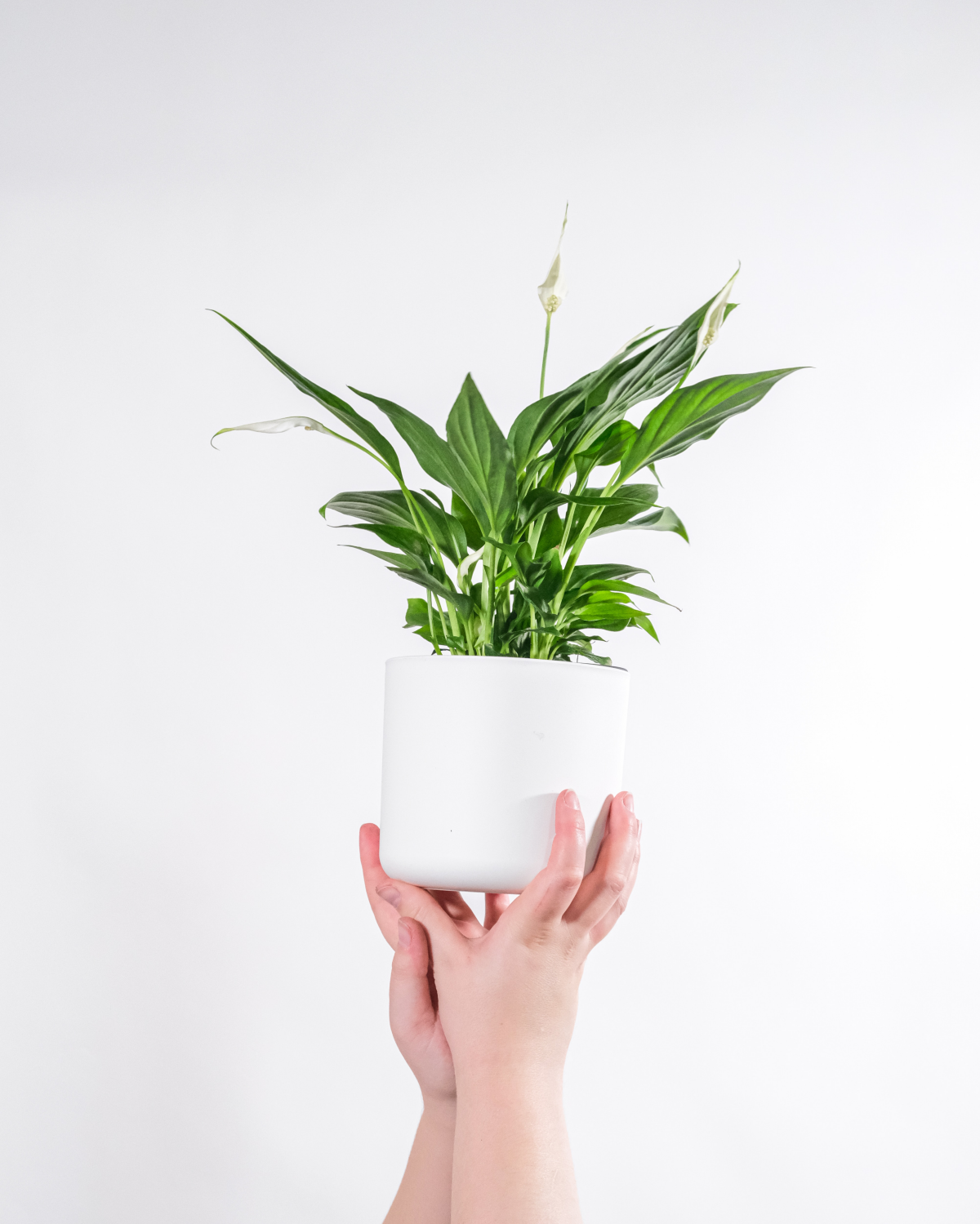
3. The Low-Light Performers: For Those Darker Corners
Not every apartment is blessed with sunshine. These plants don’t just put up with low light; they actually do well in it.
Snake Plant
The snake plant is a stunner. Its stiff, vertical leaves add a cool, architectural vibe without taking up much floor space. It’s also incredibly water-efficient, making it the perfect plant for people who travel or are just a bit forgetful. This is the one plant I tell people to actually forget about. Overwatering is its only real enemy. In a low-light spot, you might only water it once a month. Seriously. Let the soil dry out completely. (Cost: $20 – $50, depending on size)
Peace Lily
Known for its elegant white blooms, the Peace Lily is also great at communicating. When it’s thirsty, its leaves will droop dramatically, taking all the guesswork out of watering. It usually perks right back up a few hours after a good drink. While it tolerates low light, it’ll give you more of those pretty flowers in a spot with medium, indirect light. (Cost: $20 – $45)
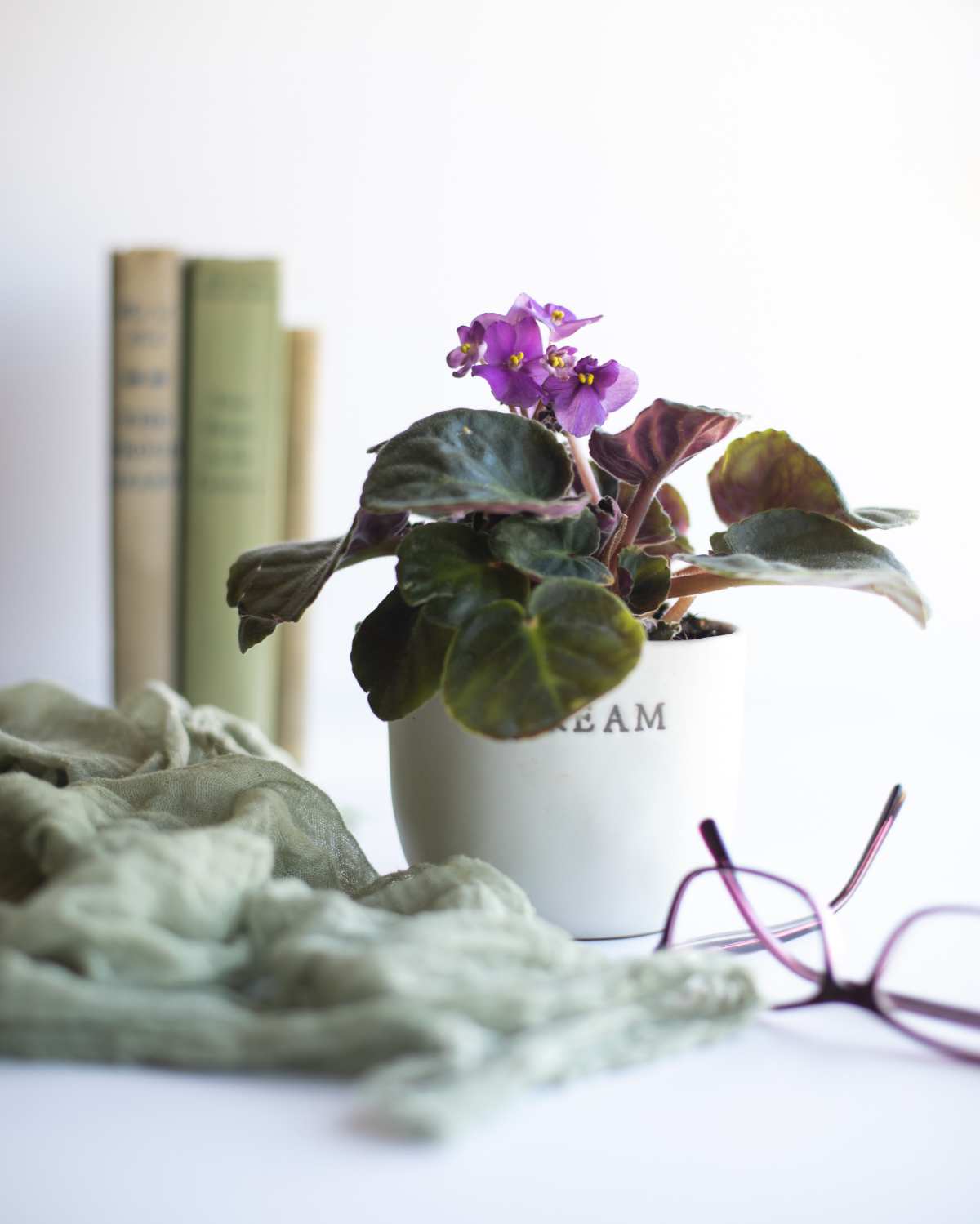
Essential Skills for a Happy Plant Parent
Beyond picking the right plant, a few habits will set you up for success. These are the non-negotiables.
Pots and Soil Matter. A Lot.
Here it is, my most important piece of advice: a pot without a drainage hole is a plant coffin. I can’t say it enough. If roots sit in water, they will rot. Period. If you fall in love with a decorative pot that doesn’t have a hole, use it as a “cachepot.” Just keep your plant in its plastic nursery pot (with holes!) and pop it inside the pretty one. You can pull it out to water.
By the way, pot material makes a difference. Terracotta pots are porous and dry out super fast, which is great for succulents and snake plants. Plastic or glazed ceramic pots hold moisture much longer, meaning less watering for thirsty tropicals.
Store-bought soil is often too dense. I almost always tweak it. My go-to recipe is simple: about three parts potting mix, one part perlite, and one part orchid bark. When I say “part,” I just mean use the same scoop for everything—a yogurt cup, a coffee mug, whatever. 3 scoops of soil, 1 scoop of perlite, 1 scoop of bark. This creates air pockets for healthy, happy roots.
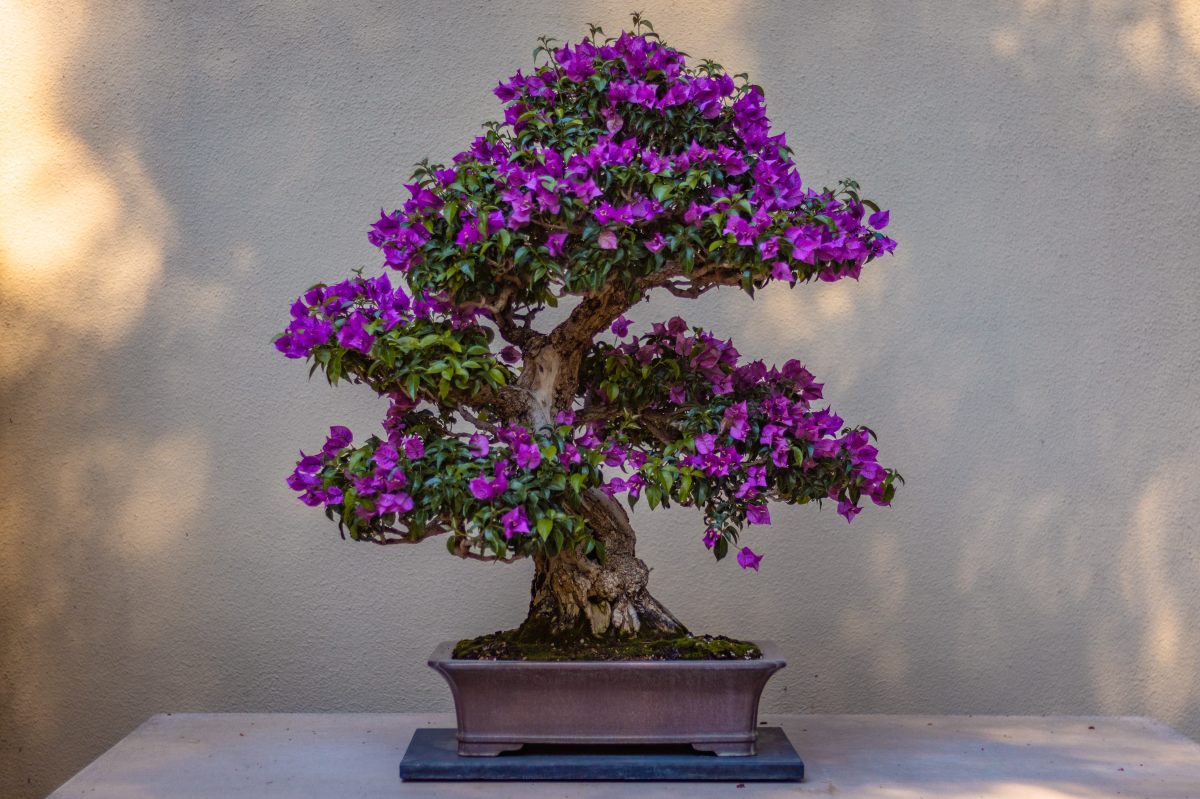
How to Feed Your Plants
Oh yeah, plants get hungry! Fertilizer is just plant food, and it’s especially important for potted plants since they can’t get nutrients from the ground. Don’t be intimidated by this. Just grab a bottle of balanced, all-purpose indoor plant food (it’ll cost you about $10 and last forever). The most important rule? Only feed them during their growing season, which is typically spring and summer. In the fall and winter, they’re resting, so lay off the food. Just follow the dilution instructions on the bottle—more is not better here.
What’s Wrong With My Plant? (A Quick Guide to Not Panicking)
Your plant will eventually get a weird leaf, and it’s easy to panic. Don’t. It’s usually telling you something simple.
- If you see yellowing leaves, especially older ones near the base of the plant… you’re probably overwatering. It’s the most common mistake! Let it dry out more between drinks.
- If the leaves are getting crispy and brown at the edges… it’s likely underwatering or the air is too dry. Try watering a bit more frequently or give it a pebble tray for humidity.
- If you see tiny white cottony specks or fine webbing… you’ve got pests. For the cottony mealybugs, a Q-tip dipped in rubbing alcohol will zap them on contact. For webbing (spider mites), a good spray-down in the shower followed by a treatment with insecticidal soap usually does the trick.
And for a dose of reality: My biggest mistake? I once killed a supposedly “unkillable” ZZ plant. I put it in a beautiful pot with no drainage and “loved” it with weekly watering. The roots turned to mush in a month. It was a smelly, expensive lesson that taught me drainage is truly non-negotiable.
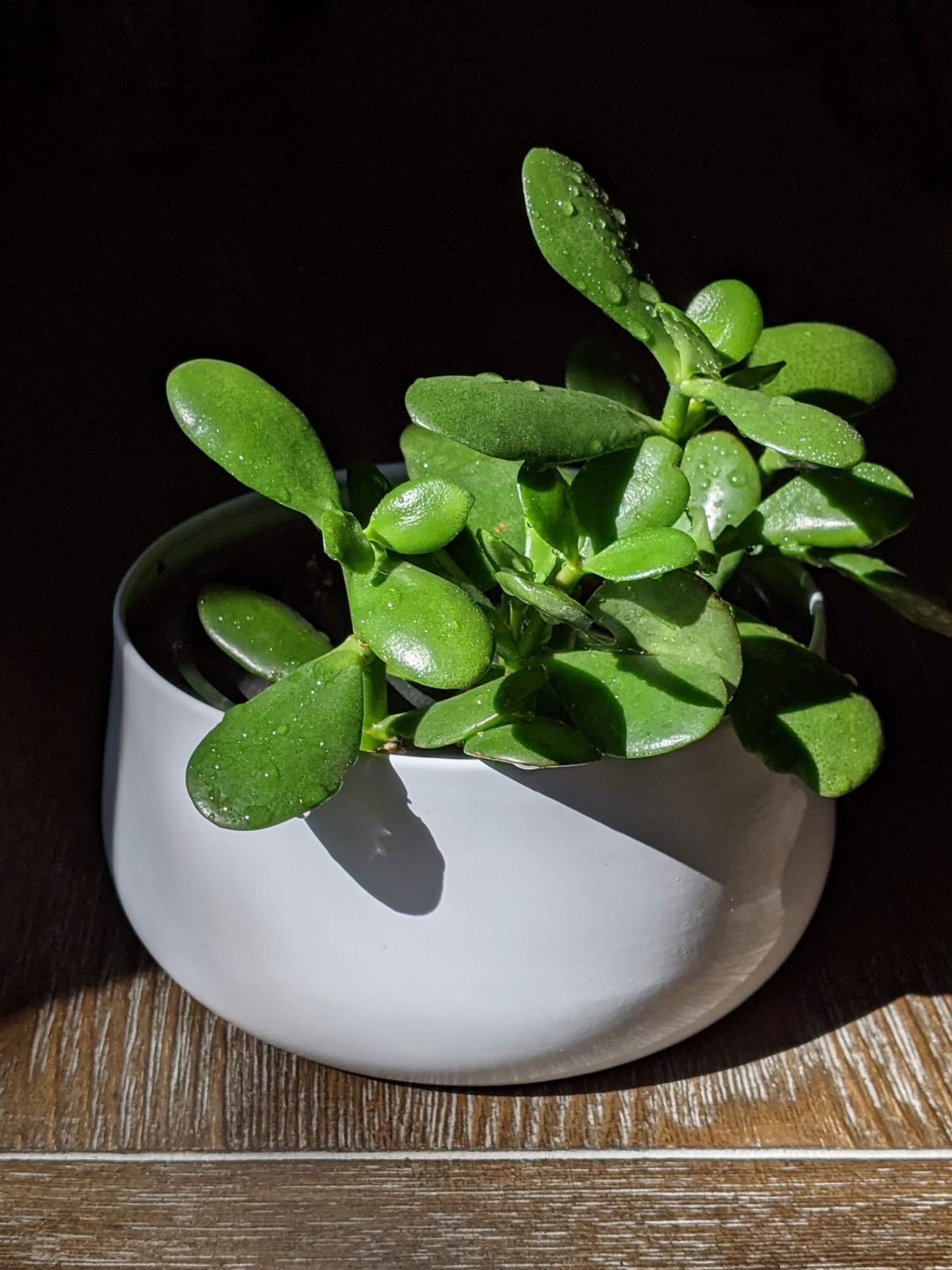
A Final Word of Encouragement
Growing plants in a small space is a journey. You’ll have amazing successes, and yes, you’ll probably kill a plant or two. I still do sometimes, and it’s my job! Each one is just a lesson. It teaches you to look closer and listen better to the living things you share your home with.
So start small. You can get a great starter plant, a nice pot, and a bag of soil for under $50. Pick one or two from the easy list, learn their rhythms, and watch what happens. The joy of seeing a plant truly thrive under your care is incredible. It turns a collection of rooms into a vibrant, living, breathing home.
Galerie d’inspiration

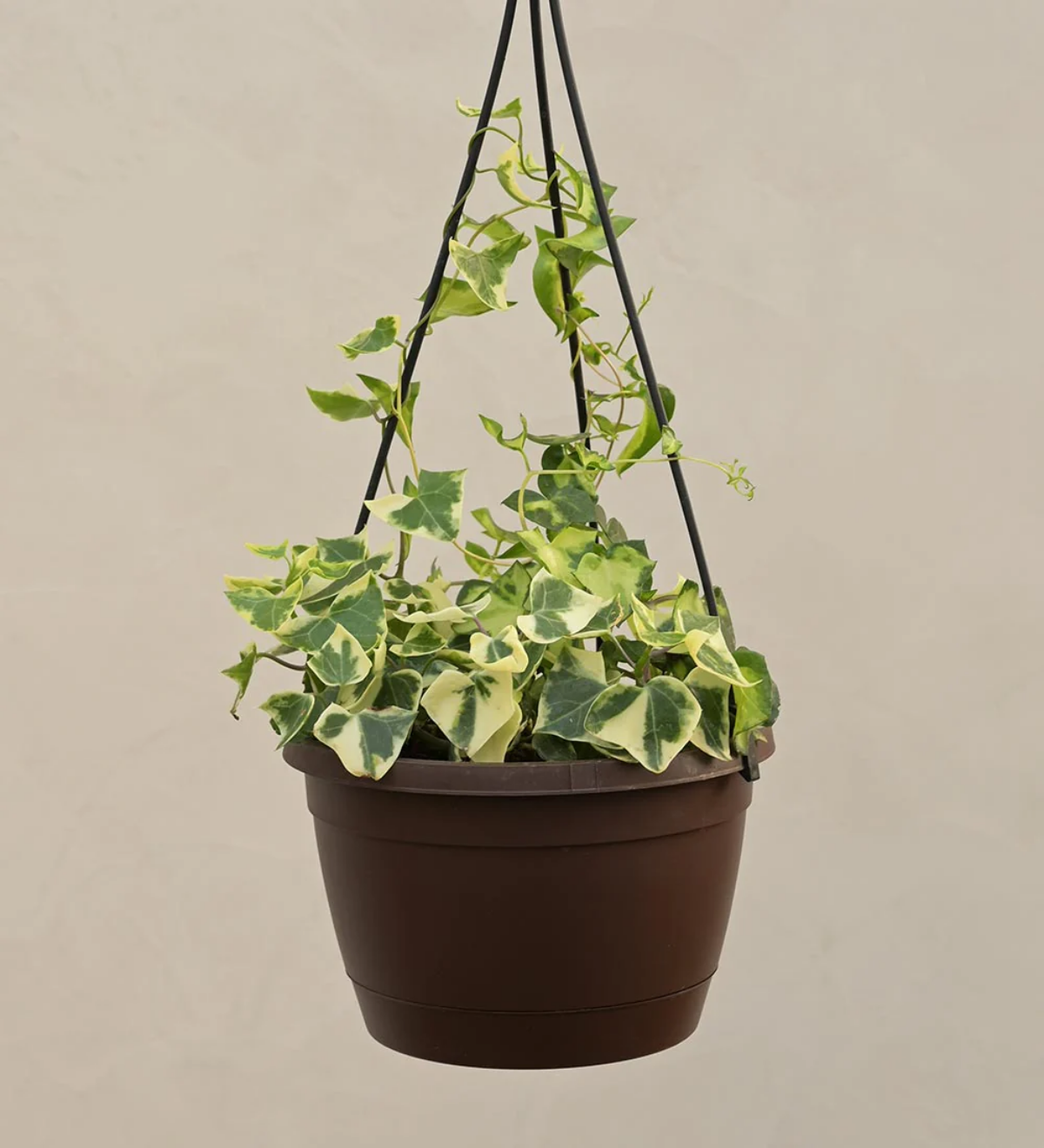
The eternal question: when should I actually water my plant?
Forget a strict weekly schedule; your apartment’s temperature and humidity change. The best tool is your index finger. Push it an inch into the soil. If it comes out dry and clean, it’s time to water thoroughly until it drains from the bottom. If soil sticks to your finger, it’s still moist, so give it a few more days. This simple test is the single best way to avoid the number one killer of houseplants: root rot from overwatering.
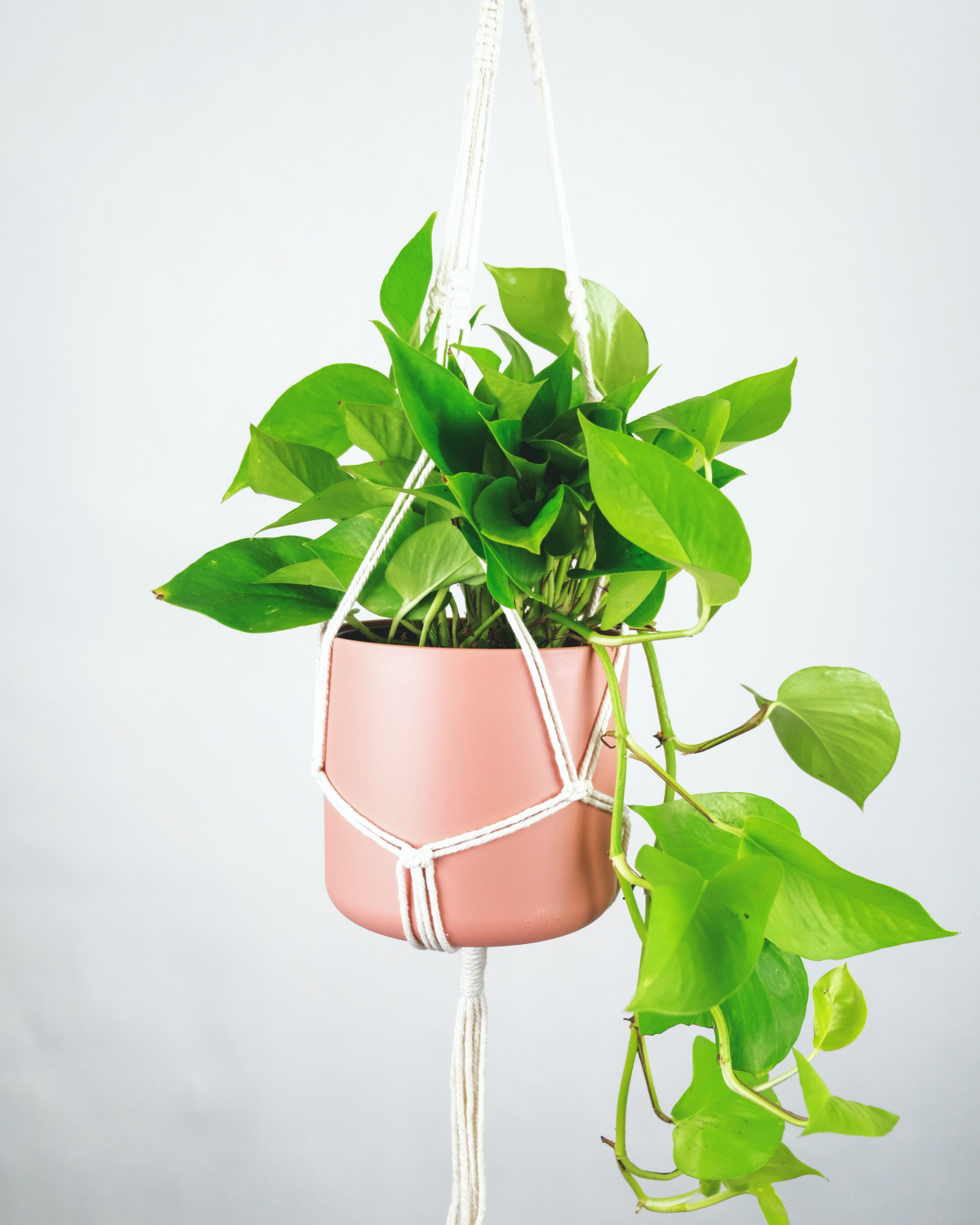
Studies from institutions like the University of Exeter have shown that enriching a space with plants can increase well-being by 47% and creativity by 45%.
It’s not just about aesthetics. In a small living area, a touch of green does more than just fill a corner. It actively creates a calmer, more focused atmosphere. The simple act of caring for something alive can provide a mindful break, turning your small space into a genuine sanctuary.
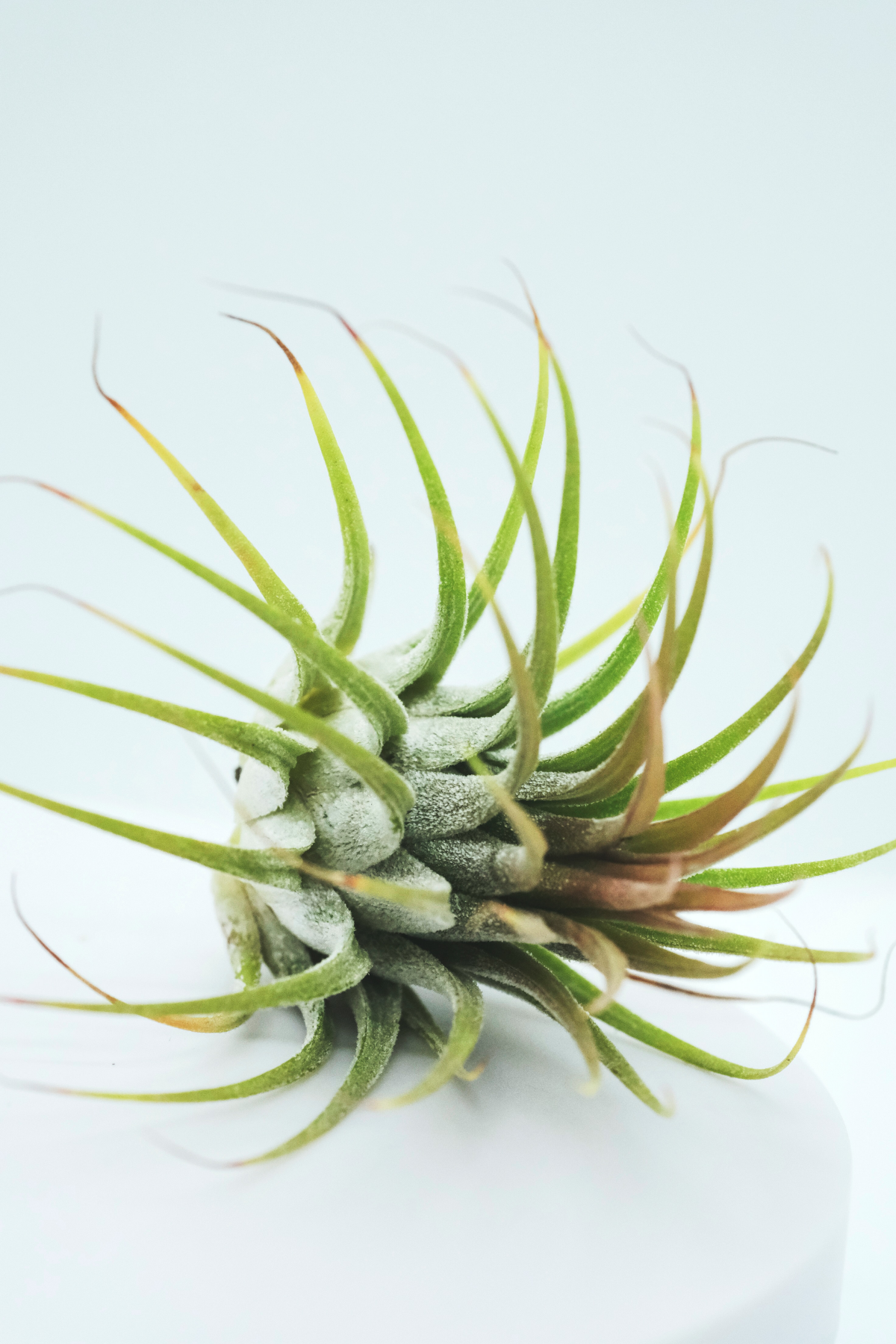
Terracotta Pots: The classic choice. Their porous clay breathes, wicking moisture from the soil and preventing roots from getting waterlogged. This makes them perfect for succulents, snake plants, and anyone with a heavy watering hand.
Self-Watering Planters: Modern and practical. A built-in reservoir allows the plant to drink what it needs, when it needs it. Brands like Lechuza make stylish options ideal for thirsty plants like ferns or for people who travel frequently.
The right choice depends entirely on your plant and your lifestyle.
When floor space is a luxury, think vertical. You can create a stunning ‘living wall’ effect without a single power tool.
- Choose a vining plant like a Golden Pothos or a Philodendron.
- Place small, clear, self-adhesive hooks (like those from Command) up the wall in a staggered pattern.
- Gently guide the vines from hook to hook as they grow.
The result? A dynamic, green feature that draws the eye upward, making the room feel taller and more alive.










